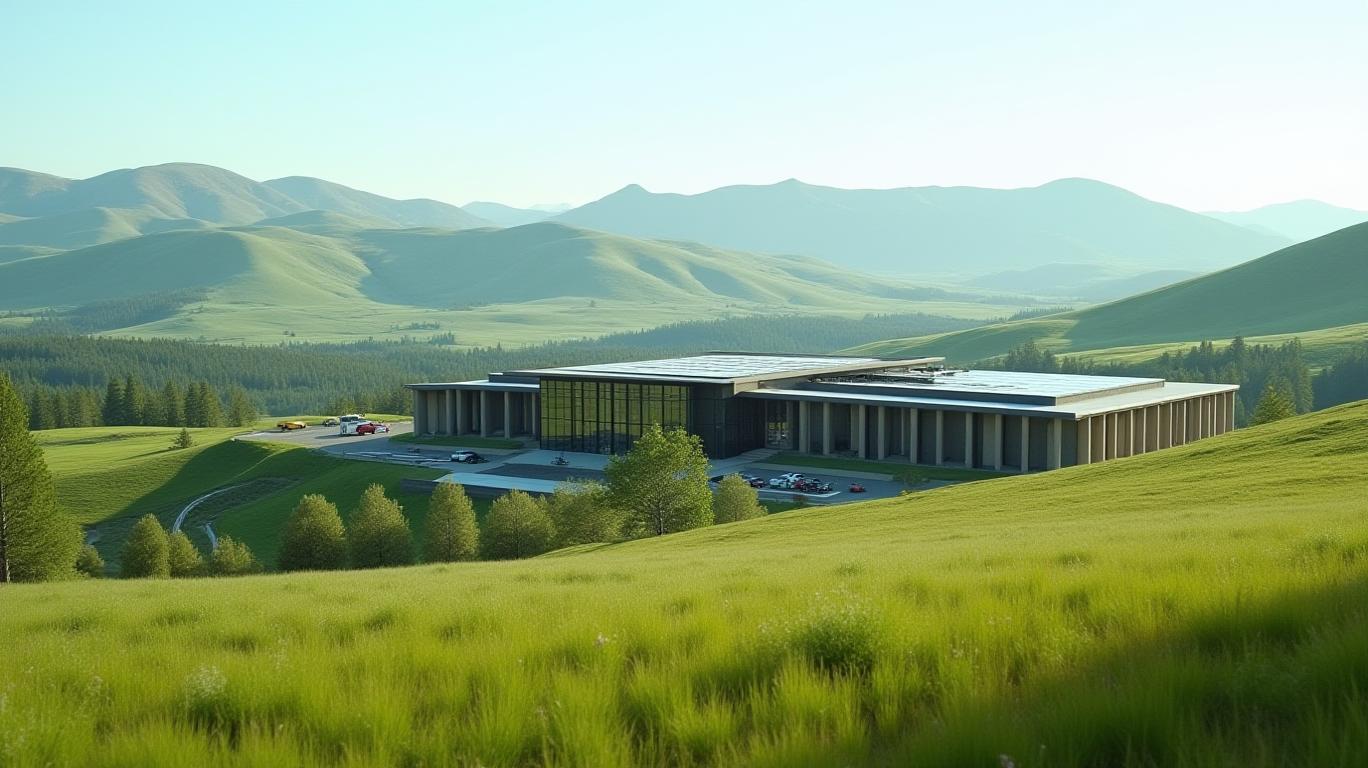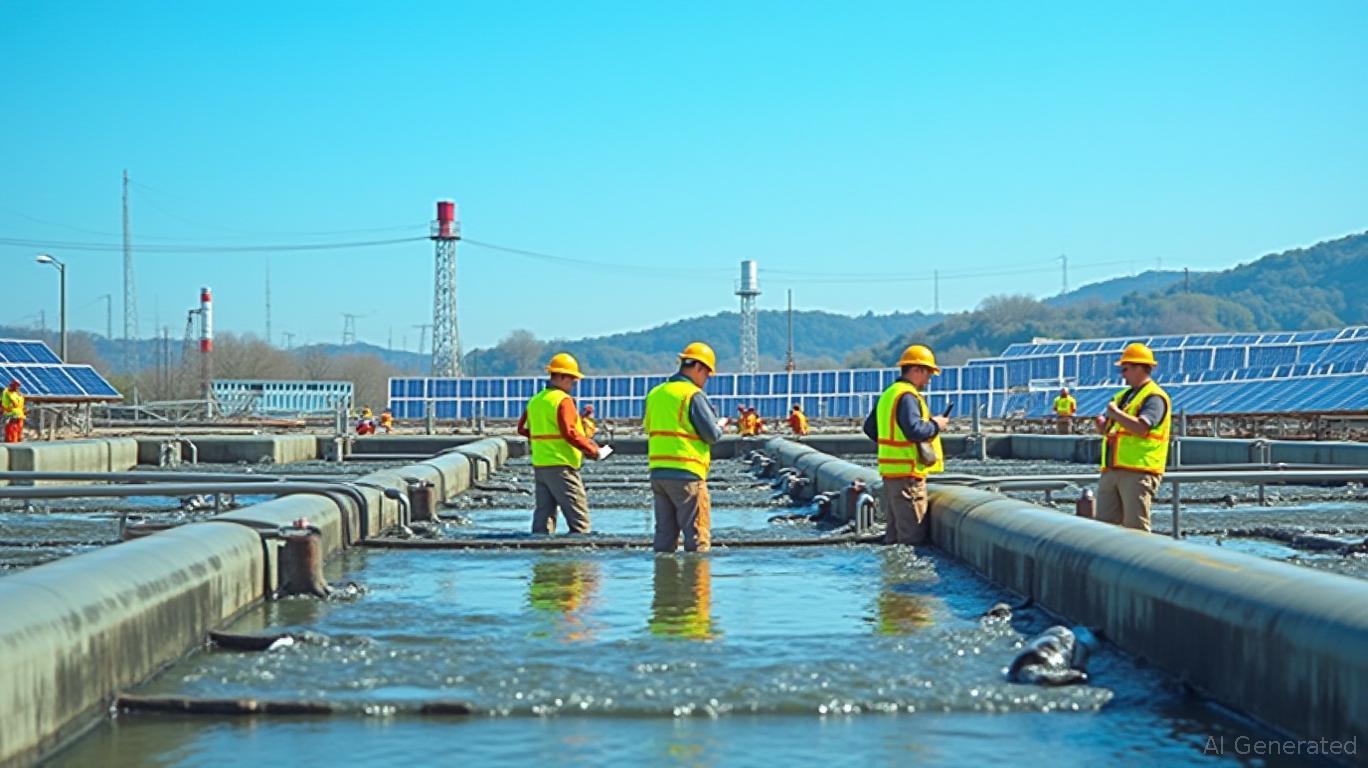Oregon’s First P3 Courthouse: A Blueprint for Sustainable Infrastructure Innovation
The completion of the Clackamas County Circuit Courthouse in Oregon marks a milestone in public-private partnership (P3) innovation. Delivered by Clackamas Progress Partners (CPP), a consortium led by Fengate Asset Management, the $345.1 million project redefines how governments and private entities can collaborate to address aging infrastructure. This courthouse, designed to withstand seismic risks and reduce carbon emissions, exemplifies the potential of P3 models to deliver complex civic projects efficiently while aligning with modern sustainability goals.

A Necessity Driven by Growth and Risk
The old 1936 courthouse, once adequate for Clackamas County’s 50,000 residents, became a liability as the population swelled to 430,000 by 2025. Seismic risks, outdated systems, and inadequate security forced a full replacement. A 2015 evaluation confirmed retrofitting was impossible, making the P3 model—a first for Oregon—the optimal path. The new facility, built on the Red Soils Campus, now houses 16 courtrooms, 20 judicial chambers, and trauma-informed spaces to reduce stress for users. Its design also integrates social services nearby, streamlining access to justice and public health resources.
Ask Aime: How does the new Clackamas County Courthouse's innovative design address seismic risks and reduce carbon emissions?
Financial Engineering Amid Rising Costs
The project’s financial structure underscores the challenges of infrastructure investment in an inflationary environment. Initial estimates in 2020 projected a $220 million price tag, but pandemic-driven cost pressures and unforeseen expenses—such as parking and road improvements—pushed the final cost to $345.1 million. A
Sustainability as a Core Competitive Advantage
The courthouse targets LEED Gold certification and a 62.2% reduction in annual greenhouse gas emissions, exceeding Oregon’s 45% reduction goal by 2035. Cross-laminated timber construction, solar power, and energy-efficient systems will cut emissions by 10,500 metric tons yearly—equivalent to removing 2,300 cars from roads. This focus on sustainability isn’t just altruistic: it aligns with investor demand for ESG-aligned projects. Honeywell’s automation solutions and DLR Group’s user-centric design further highlight how P3s can bundle technical expertise to deliver multifaceted benefits.
The P3 Playbook for Future Infrastructure
The Clackamas project demonstrates the P3 model’s scalability for complex public projects. By pooling private capital, technical know-how, and risk-sharing mechanisms, governments can tackle projects too costly or technically demanding for public funds alone. Fengate’s Infrastructure Fund IV, which backs the project, exemplifies the growing appetite among institutional investors for long-term, stable infrastructure returns. Meanwhile, the project’s job creation and prioritization of minority-owned businesses underscore how P3s can fuel local economic resilience.
Conclusion: A Model with Nationwide Implications
The Clackamas County Courthouse is more than a building—it’s a blueprint for how P3s can address infrastructure backlogs while advancing sustainability and equity. With its $345 million price tag and $620 million 30-year cost, the project reflects the premium of modern infrastructure development but also the value of risk-sharing. As states like California and Texas explore similar P3 initiatives, Oregon’s success offers a template. The courthouse’s 62% GHG reduction and its role in supporting 430,000 residents highlight the dual promise of P3s: they can deliver critical public services while accelerating climate goals. For investors, this project signals that infrastructure—when paired with innovation and collaboration—remains a cornerstone of resilient, forward-thinking economies.










